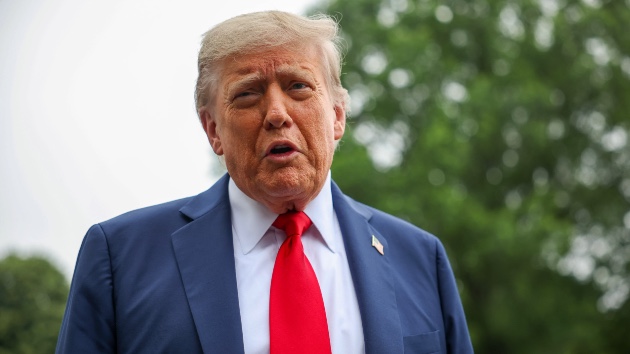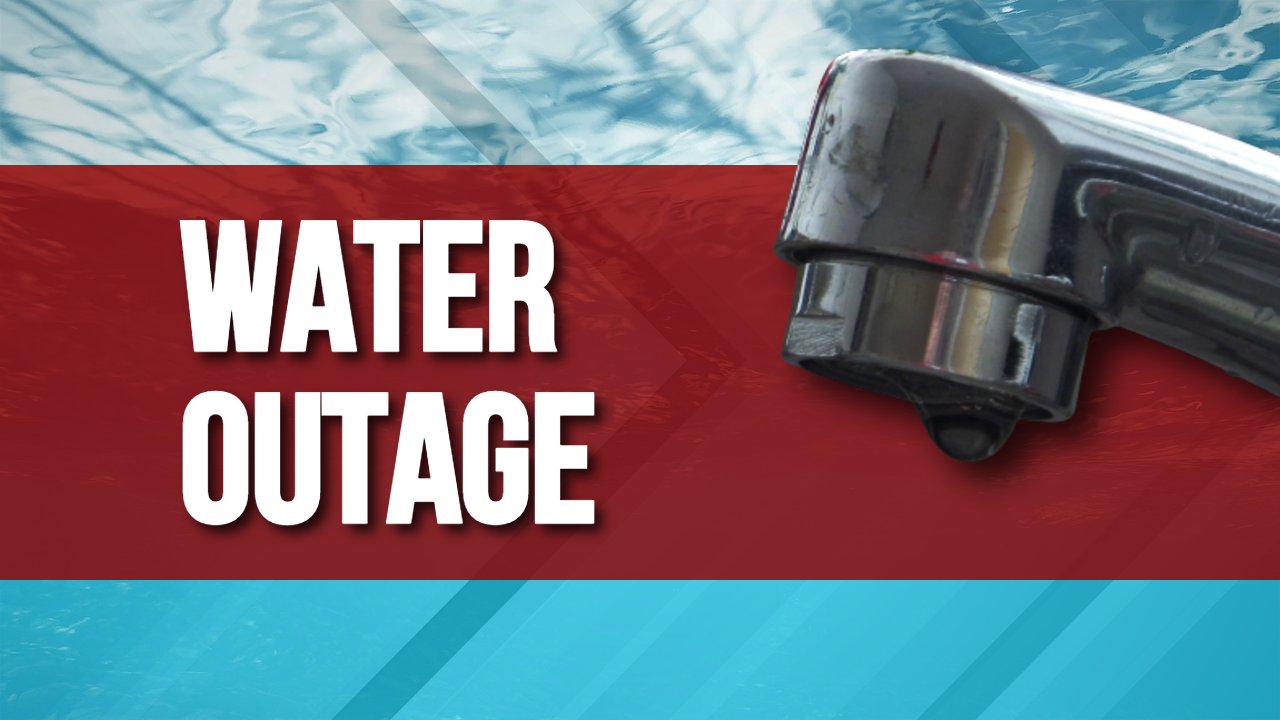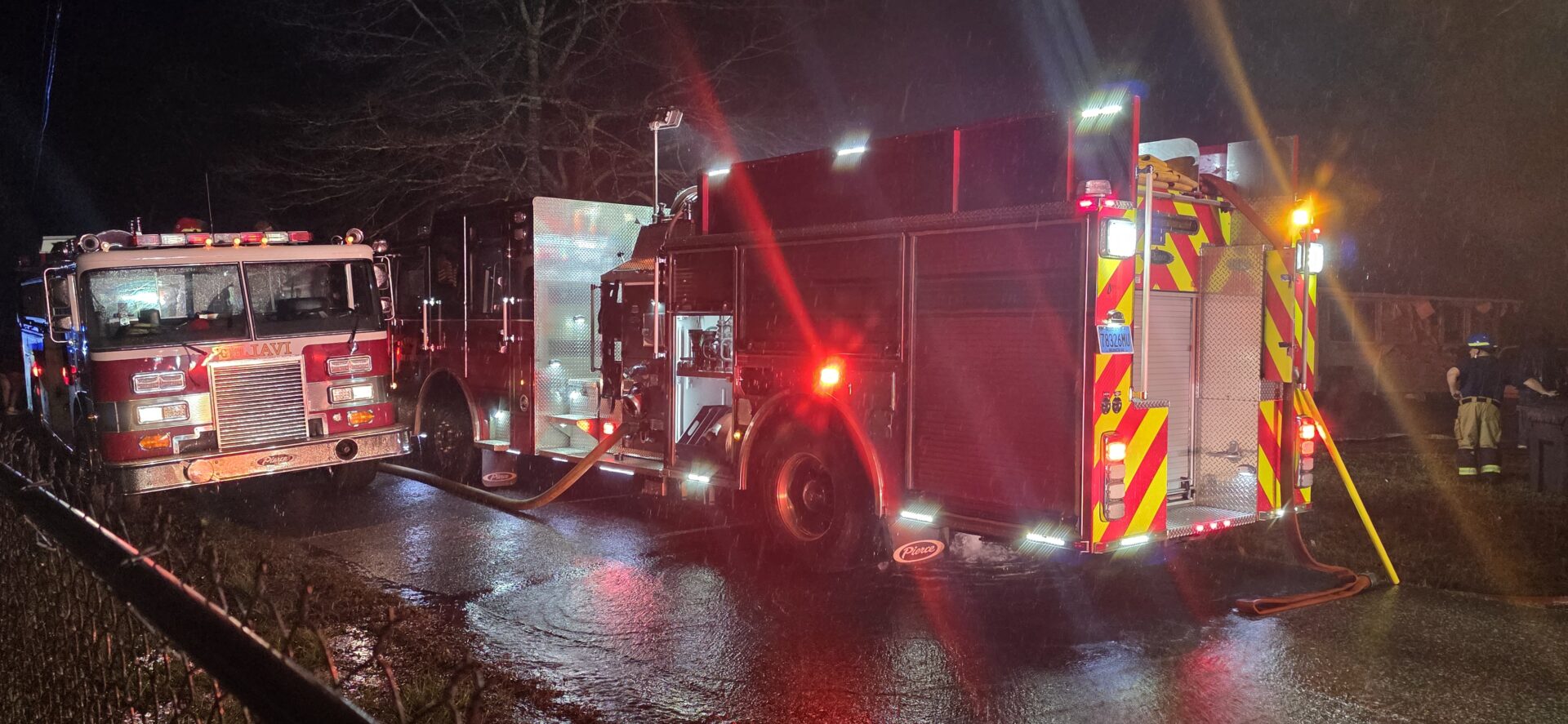
(WASHINGTON) — President Donald Trump announced a trade agreement with Japan on Tuesday, making it the largest U.S. trade partner to broker an accord as the White House threatens to impose tariffs on dozens of countries within days.
Before the deal, Japan faced the prospect of a 25% tariff rate set to take effect Aug. 1. Instead, products from the fifth-largest U.S. trade partner will be slapped with a 15% tariff, in exchange for a willingness on the part of Japan to import some goods, among other concessions.
In a post on social media late Tuesday, Trump touted the agreement as a “massive deal.” The White House has yet to release full details of the agreement.
Japanese Prime Minister Shigeru Ishiba also celebrated the accord. “With the national interests of both countries in mind, we were able to reach an agreement at this time,” Ishiba said.
Japan’s Nikkei index surged 3.5% on Wednesday, while major U.S. indexes nudged slightly higher in early trading.
Here’s what to know about what’s in the trade agreement and what comes next:
What’s in the U.S. trade agreement with Japan?
The trade agreement lowers the tariff rate on Japanese products to 15%, putting it below the threatened rate of 25% but higher than a universal rate of 10% faced by nearly all imports.
Even more, the U.S. agreed to set a 15% tariff on Japanese cars, putting it below the 25% tariff rate placed on imported vehicles from other nations.
Japan purchased nearly $80 billion worth of U.S. products in 2024, while the U.S. bought about $148 billion worth of Japanese goods, according to the Office of the U.S. Trade Representative, a government agency.
Cars and auto parts accounted for about $52 billion worth of imported Japanese products, making up more than one-third of products purchased by the U.S., government data shows.
Shares of Japan-based Toyota soared more than 13% on Wednesday, while Honda jumped about 12%.
In exchange for the softening of U.S. tariffs, Japan agreed to open its economy to imports of trucks, rice and other agricultural goods, Trump said.
Japan also agreed to invest $550 billion in the U.S. economy, Trump added, but the president did not specify how the funds would be spent.
How many trade agreements has the White House achieved so far?
When Trump delayed the onset of so-called “reciprocal tariffs” in April, the White House vowed to strike 90 trade agreements in 90 days. Before that deadline elapsed, Trump proposed a flurry of similar country-specific tariffs with a new effect date of Aug. 1.
So far, Trump has brokered agreements with the United Kingdom, Indonesia, Vietnam, the Philippines and Japan. The White House also reached a preliminary accord with China that lowered tit-for-tat tariffs previously imposed by the world’s two largest economies.
For his part, the president has insisted that the on-again, off-again levies make up a key part of his negotiation strategy.
“The president and his trade team want to cut the best deals for the American people and the American worker,” White House press secretary Karoline Leavitt said last month when she announced the Aug. 1 deadline.
Price hikes could hit coffee, shoes, appliances and a range of other products if additional tariffs take effect on Aug. 1, analysts previously told ABC News.
Copyright © 2025, ABC Audio. All rights reserved.




